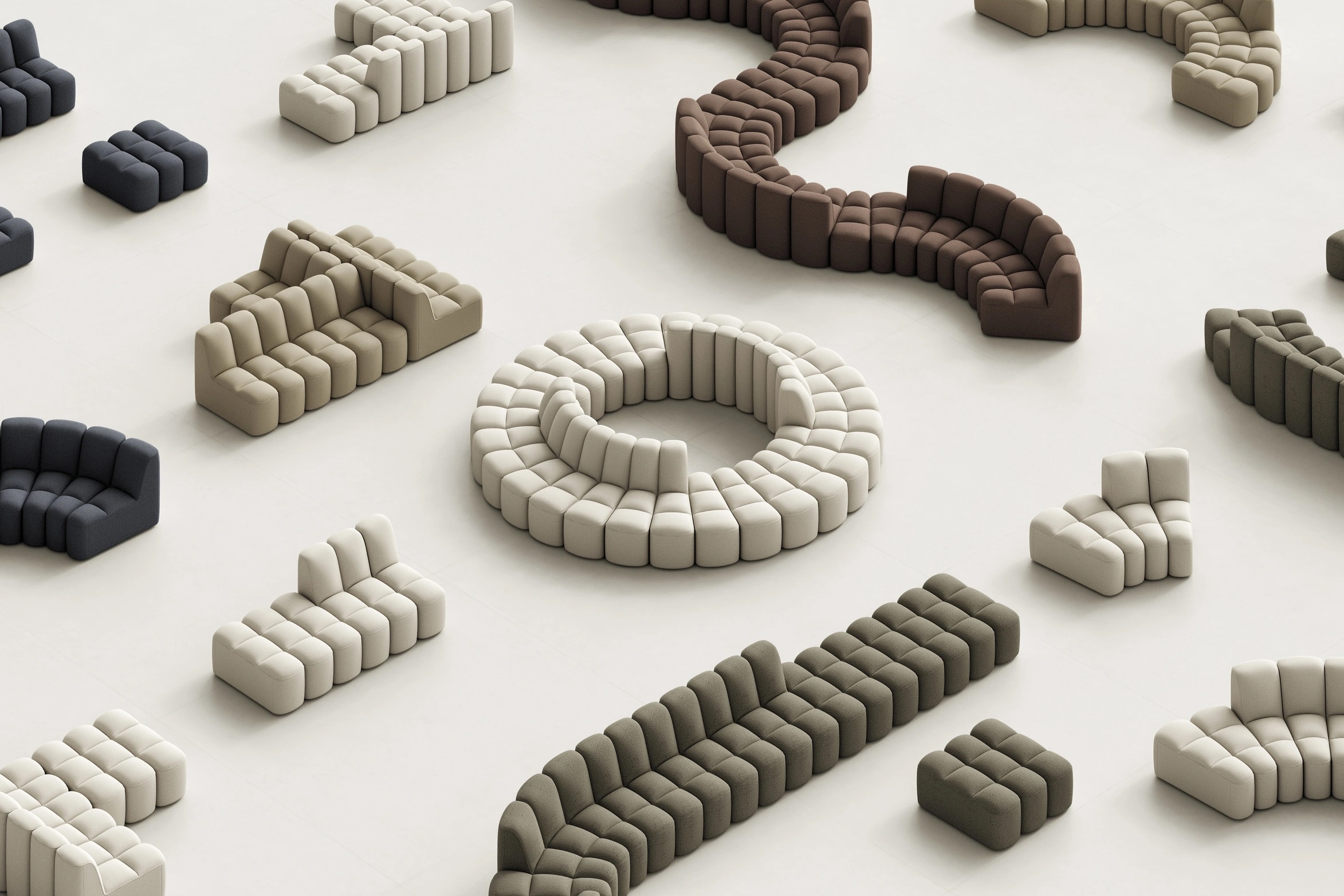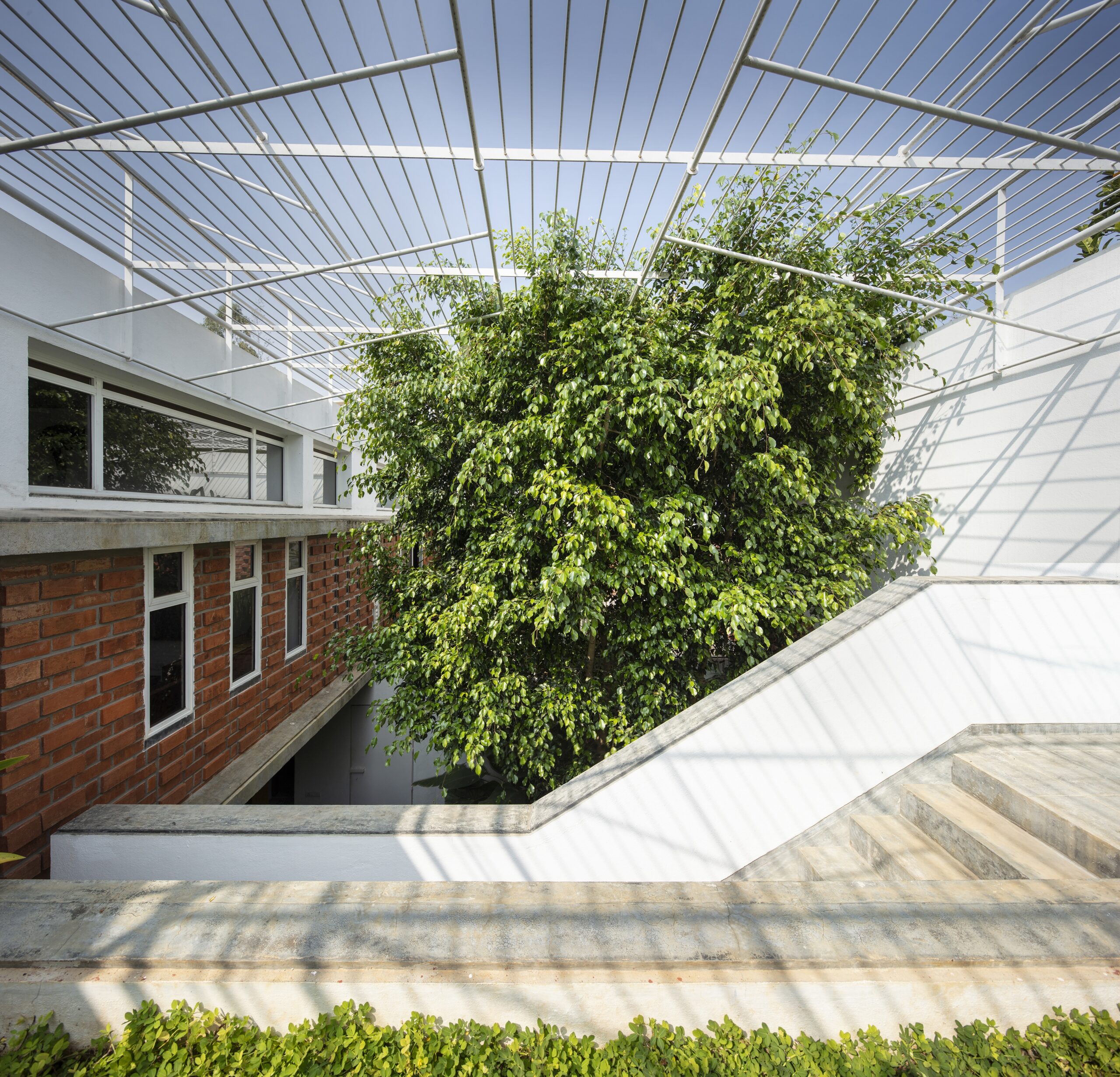Aranchii Architects designs Ukrainian church with community air raid shelter


An underground air raid shelter designed to ensure "comfort and dignity" will form part of the Holy Trinity Church, which Ukrainian studio Aranchii Architects is designing in Kyiv.
The 812-square-metre church is being built for the Ukrainian Greek Catholic community in the capital's Obolon district, which is among those that have been impacted by the ongoing full-scale Russian invasion.
Construction is currently expected to begin in 2026, though the context in which they are designing means that "it is difficult to be certain about timing", Aranchii Architects said.

"Our goal is to create a contemporary sacred space that also serves the local community in daily life," chief architect Dmytro Aranchii told Dezeen.
"We propose a fully accessible shelter integrated into the church, open to the wider community," he continued.
"The emphasis is on comfort and dignity: a safe space with light, ventilation, showers and sanitary facilities, offering a sense of belonging rather than merely functioning as a bunker."

Aranchii Architects' design for the Holy Trinity Church is being developed in response to the absence of a Ukrainian Greek-Catholic church in the area.
It will be raised on an underground shelter, which the studio said is now a necessity in Ukrainian architecture, and surrounded by a landscaped public square.

"Since the full-scale invasion, shelters have become an essential requirement for new buildings," Aranchii explained.
"Most existing Soviet-era residential blocks lack adequate shelters, and older ones in schools or institutions no longer meet updated safety standards."
The proposed size of the Holy Trinity Church was determined by the plot, but the design draws on traditional Ukrainian church architecture.
This includes its cross-shaped plan, which aligns with the four cardinal points and features an east-facing altar.

In a subtle departure from tradition, the four wings will be completed at different heights, giving rise to "a simple and recognisable" undulating form.
According to the studio, this distinctive curved exterior draws on inverted catenary arches seen in the works of engineer Frei Otto and architect Antoni Gaudi.
Outside of the building will be a 5,398-square-metre public square and events space, landscaped with trees and seasonal plants catering for "a calm, contemplative environment year-round".
The Holy Trinity Church's material palette is currently being determined.

Aranchii Architects, which is based in Kyiv, said the design is a reflection of its ambition to create "architecture that is both resilient and hopeful", amid the ongoing conflict.
"We see design not only as aesthetic expression but as a tool for supporting communities under pressure," Aranchii said.
"Continuing to design is an act of resistance and faith in the future. Projects like Holy Trinity Church send a message that Ukrainians are determined to build, to preserve identity, and to imagine tomorrow – even in the most difficult circumstances."
"There are those who wish to take it from us, and we cannot allow that – not in life, and not in architecture."
Elsewhere in Kyiv, Zikzak Architects is developing temporary housing for children who are receiving treatment at the city's Okhmatdyt hospital, while Forma has recently revived a Soviet-era exhibition hall for contemporary use.
The post Aranchii Architects designs Ukrainian church with community air raid shelter appeared first on Dezeen.





















































